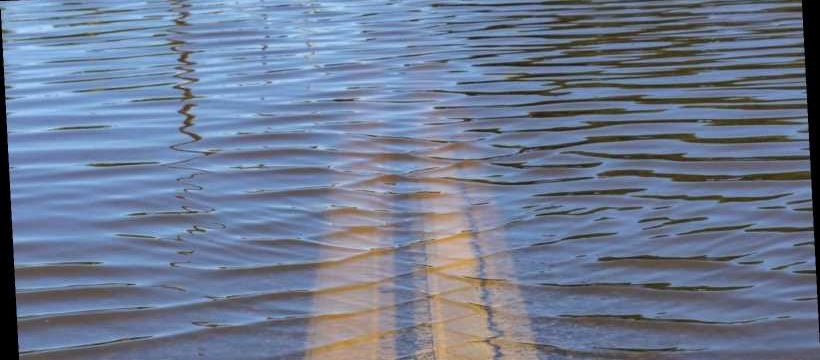Story Highlights
- There "is a clear trend toward acceleration in rates of sea-level rise at 25 of our 32 tide-gauge stations."
- According to the report, sea-level rise acceleration was highest along the Gulf Coast.
- Scientists say global warming will be the primary cause of future sea-level rise.
The rate of sea level rise along much of the U.S. coastline continues to accelerate, according to a new report.
The report’s key message “is a clear trend toward acceleration in rates of sea-level rise at 25 of our 32 tide-gauge stations,” said Virginia Institute of Marine Science emeritus professor John Boon in a statement. “Acceleration can be a game changer in terms of impacts and planning, so we really need to pay heed to these patterns.”
Boon and other researchers at William & Mary’s Virginia Institute of Marine Science released the report Monday.
Sea-level rise acceleration was highest along the Gulf Coast, where Grand Island, Louisiana, saw a nearly 8 millimeter yearly increase, which is double the global average, according to the report. Galveston and Rockport in Texas also had significant increases.
The report includes 51 years of water-level observations, from January 1969 through December 2019.
Sea level rise, resulting in the flooding and eventual disappearance of land, is one of the most well-known and serious problems facing humans as a result of climate change. Low-lying areas around the world are all at risk. (Photo: KSwinicki / Getty Images)
Worldwide, sea level has risen about 8 inches since 1880 but, unlike water in a bathtub, it doesn’t rise evenly. In the past 100 years, it has climbed about a foot or more in some U.S. cities because of ocean currents and land subsidence.
Here’s why: As the Earth’s temperature warms, so do the seas. Heat-trapping greenhouse gases cause more land ice (glaciers and ice sheets) to melt and water to expand. Warmer water simply takes up more room than cooler water.
Scientists say global warming will be the primary cause of future sea-level rise. Their greatest uncertainty is how quickly the massive West Antarctic ice sheet will melt.
The current acceleration in rates of sea-level rise began around 2013 or 2014, the report says, likely associated with ocean dynamics and ice-sheet loss. In 2019, rates of sea-level rise accelerated at all 21 of the stations studied along the U.S. East and Gulf coasts, and at seven of the eight monitored stations along the U.S. West Coast.
“Although sea level has been rising very slowly along the West Coast,” VIMS marine scientist Molly Mitchell said, “models have been predicting that it will start to rise faster.”
In Alaska, all four stations monitored show relative sea level falling at increasingly rapid rates, due to coastal mountain-building, the report said.
Source: Read Full Article

